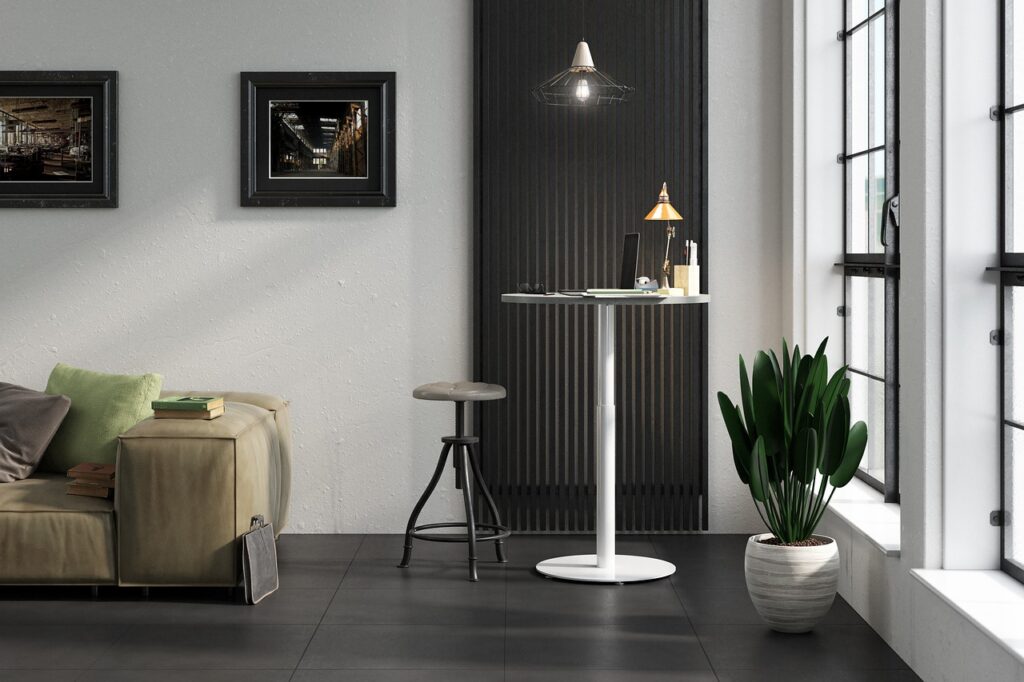In today’s dynamic business landscape, the importance of office interior design cannot be overstated. As companies evolve, so too must their workspaces. The modern office is no longer merely a place to work; it’s a reflection of a company’s culture, values, and commitment to its employees’ well-being. To achieve this, businesses are increasingly turning to versatile design approaches, guided by skilled office interior designers and corporate office interior designers. Let’s explore how these professionals are reshaping work environments to meet the demands of the contemporary workforce.

Gone are the days of rigid cubicles and static layouts. Today’s offices demand flexibility. One of the most significant trends in office interior design is the creation of adaptable spaces. These areas can serve multiple functions, accommodating various activities throughout the day. For example, a conference room might transform into a collaborative workspace with movable furniture and integrated technology, fostering creativity and teamwork. By embracing versatility, companies can optimize their real estate and encourage innovation.
Biophilic Design: Bringing the Outdoors In
Incorporating elements of nature into the office environment has been shown to enhance well-being and productivity. Biophilic design principles, such as natural light, indoor plants, and organic materials, can create a more inviting and harmonious workspace. Office interior designers are adept at integrating these elements seamlessly, fostering a connection to the outdoors even in urban settings. By prioritizing biophilic design, companies demonstrate a commitment to employee health and environmental sustainability.
Technology Integration for Seamless Operations
The modern workplace is powered by technology, and effective office interior design should reflect this reality. From integrated AV systems to smart lighting and temperature control, technology plays a crucial role in enhancing productivity and efficiency. Office interior designers collaborate closely with IT professionals to ensure seamless integration of these systems into the overall design scheme. By leveraging technology, companies can streamline operations and create a more connected workplace experience.
Our Trending Blogs Must Read: https://blogs.airbrickinfra.com/commercial-interior-designers/
Agile Workspaces for Remote Collaboration

The rise of remote work has transformed the way teams collaborate, requiring office interiors to accommodate both in-person and virtual interactions. Agile workspaces, equipped with video conferencing tools and flexible seating arrangements, enable seamless collaboration regardless of location. Corporate office interior designers are adept at creating environments that support this hybrid model, fostering communication and teamwork across distributed teams. By embracing agile design principles, companies can adapt to the changing nature of work and remain competitive in a global marketplace.
Wellness-Centric Design for Employee Health
Employee well-being is a top priority for modern businesses, and office interior design plays a significant role in promoting wellness. Ergonomic furniture, designated relaxation areas, and access to natural light are just a few elements of a wellness-centric workspace. Office interior designers work closely with human resources professionals to understand the specific needs of employees and create environments that support physical and mental health. By prioritizing wellness, companies can reduce absenteeism, increase productivity, and foster a positive corporate culture.

Conclusion: Designing for the Future of Work
As the nature of work continues to evolve, so too must the spaces in which we work. Versatile design approaches, guided by skilled office interior designers and corporate office interior designers, are essential for creating modern work environments that meet the diverse needs of employees. By embracing adaptability, incorporating elements of nature, integrating technology, fostering remote collaboration, and prioritizing employee wellness, companies can create spaces that inspire creativity, enhance productivity, and drive success in the digital age. As we look to the future, the possibilities for office interior design are limited only by our imagination and our commitment to creating spaces that empower people to do their best work.





